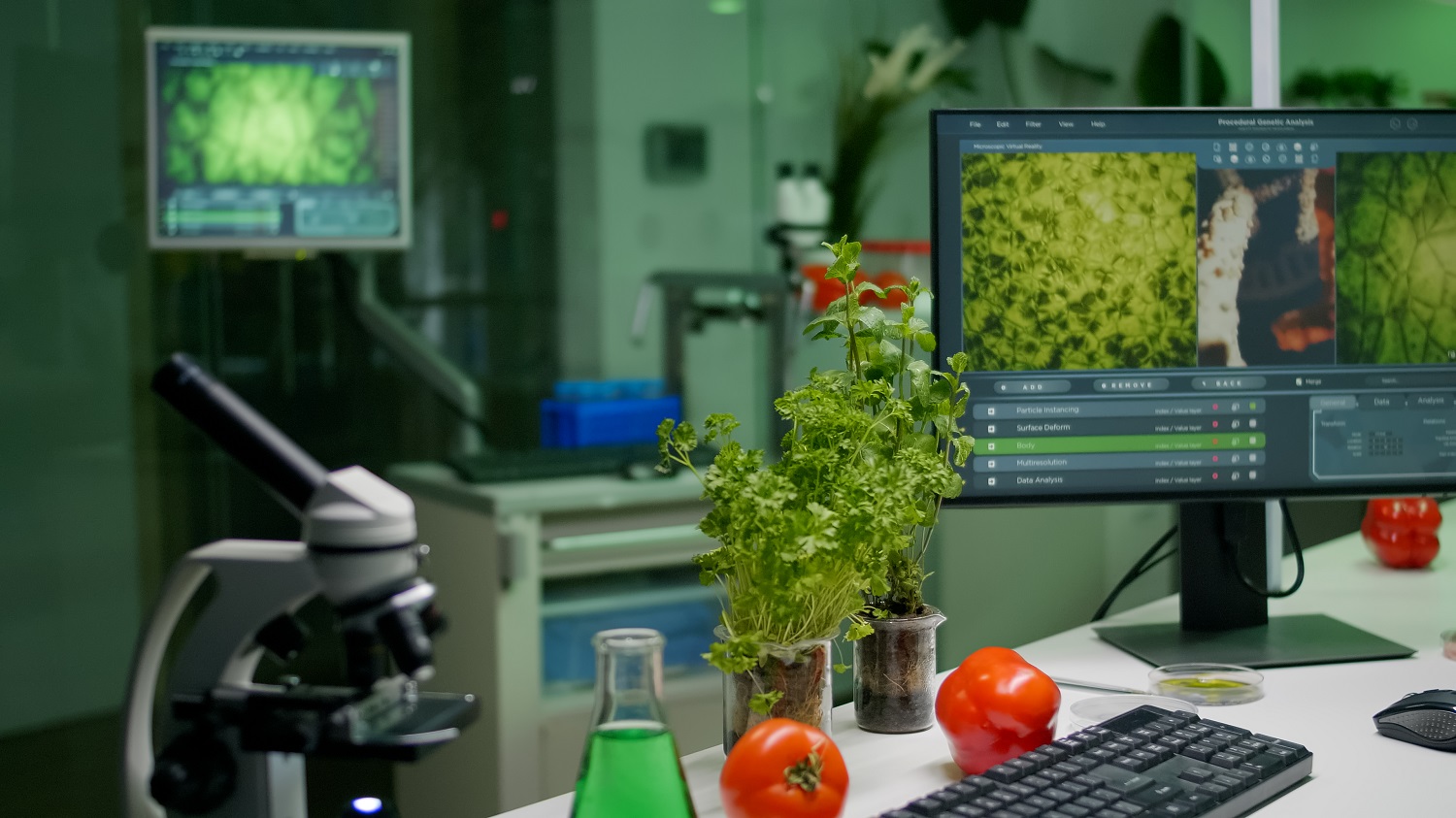How Innovation and Technology Are Transforming Crop Protection Manufacturing
The agricultural industry is constantly evolving, with manufacturers seeking innovative ways to produce high-quality agrochemicals at lower costs. Advanced technologies, automation, and sustainable production methods are driving efficiency while ensuring that farmers have access to effective and affordable crop protection solutions.
- Automation and Smart Manufacturing
Modern agrochemical manufacturing facilities rely on automation and artificial intelligence (AI) to improve precision and reduce waste. Automated production lines minimize human error, streamline the mixing of chemical ingredients, and enhance overall productivity. This not only lowers production costs but also ensures uniform quality in every batch.
- Sustainable Sourcing of Raw Materials
With the rising costs of raw materials, manufacturers are investing in sustainable alternatives. Bio-based pesticides, nano-formulations, and renewable feedstocks are being integrated into production processes, reducing dependency on expensive synthetic chemicals while maintaining efficacy.
- Advanced Formulation Techniques
Innovation in formulation technology has led to the development of more efficient agrochemicals. Encapsulation technology, for example, allows for controlled release of active ingredients, reducing the frequency of applications and lowering costs for farmers. Additionally, water-soluble and ultra-concentrated formulations minimize transportation costs and storage space.
- Waste Reduction and Recycling
Eco-friendly manufacturing practices, such as solvent recovery systems and waste-to-energy initiatives, are reducing costs and environmental impact. Many agrochemical plants are adopting closed-loop production systems, where byproducts are repurposed or recycled to maximize resource utilization.
- Digitalization in Supply Chain Management
The integration of digital tools in logistics and inventory management helps manufacturers optimize distribution networks. Predictive analytics, blockchain tracking, and automated warehouses ensure that agrochemicals are delivered efficiently and cost-effectively, reducing losses due to spoilage or mismanagement.
- Regulatory Compliance and Cost Efficiency
Compliance with evolving environmental and safety regulations can be expensive, but innovative solutions are helping manufacturers meet these standards cost-effectively. Advanced filtration systems, emission control technologies, and AI-driven compliance monitoring are streamlining regulatory adherence while maintaining profitability.
Future Outlook: The Next Phase of Crop Protection Manufacturing
As the world’s population grows, so does the demand for food — and with it, the need for smarter, more sustainable crop protection solutions. The next phase of agrochemical manufacturing is all about blending technology, science, and sustainability to create products that are both effective and environmentally responsible.
Manufacturers are now turning to AI and data-driven research to design better formulations that use fewer resources and have less environmental impact. At the same time, biological crop protection agents — such as plant-based and microbial solutions — are becoming more popular. These eco-friendly alternatives not only protect crops but also improve soil health, supporting long-term agricultural sustainability.
Collaboration and Global Impact
The future of crop protection isn’t being built by one company alone — it’s a shared effort. Collaboration between manufacturers, agritech innovators, researchers, and farmers is helping the industry develop safer and more efficient agrochemical solutions. Together, they’re creating a transparent ecosystem that promotes both productivity and environmental care.
Digital technologies are also playing a key role. With real-time monitoring tools and digital platforms, manufacturers can now track product performance directly in the field. This helps them refine formulations faster, respond to farmer feedback, and continuously improve product quality.
Conclusion: Driving Innovation, Sustainability, and a Smarter Future
Manufacturing innovation is reshaping the agrochemical industry, making crop protection more efficient and affordable for farmers. By leveraging automation, sustainable materials, advanced formulations, and digital supply chain solutions, companies can reduce production costs while maintaining product efficacy.
At the same time, the future of crop protection focuses on building a smarter, greener, and more resilient agricultural system. Collaboration, biological solutions, and digital monitoring are helping manufacturers design eco-friendly, effective products that improve crop yields and protect the environment.
Ultimately, modern crop protection manufacturing is not just about lowering costs — it’s about creating a sustainable future where farmers have access to high-quality, affordable, and environmentally responsible solutions. By continuing to innovate, the agrochemical industry can empower farmers while safeguarding the planet for generations to come.







